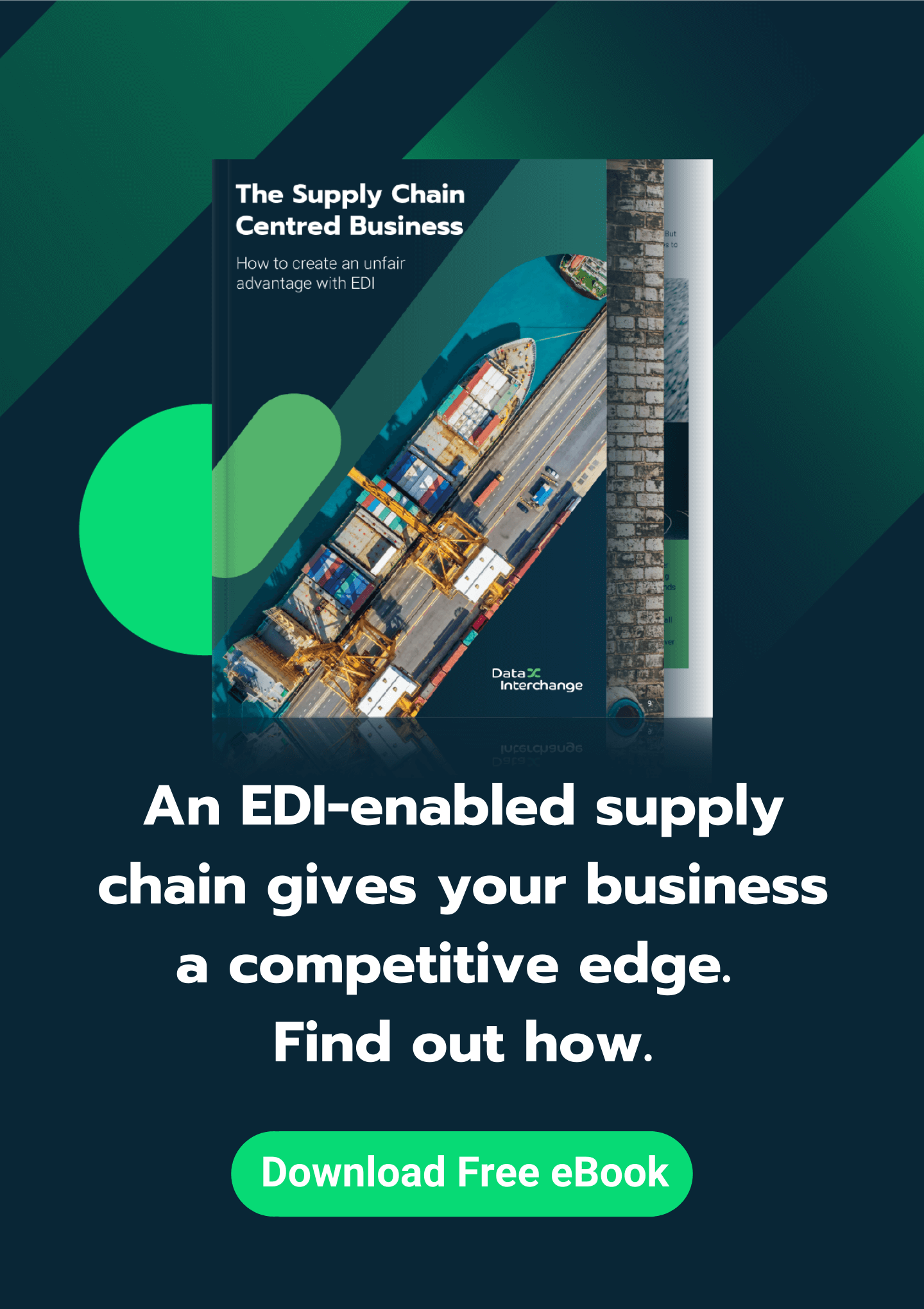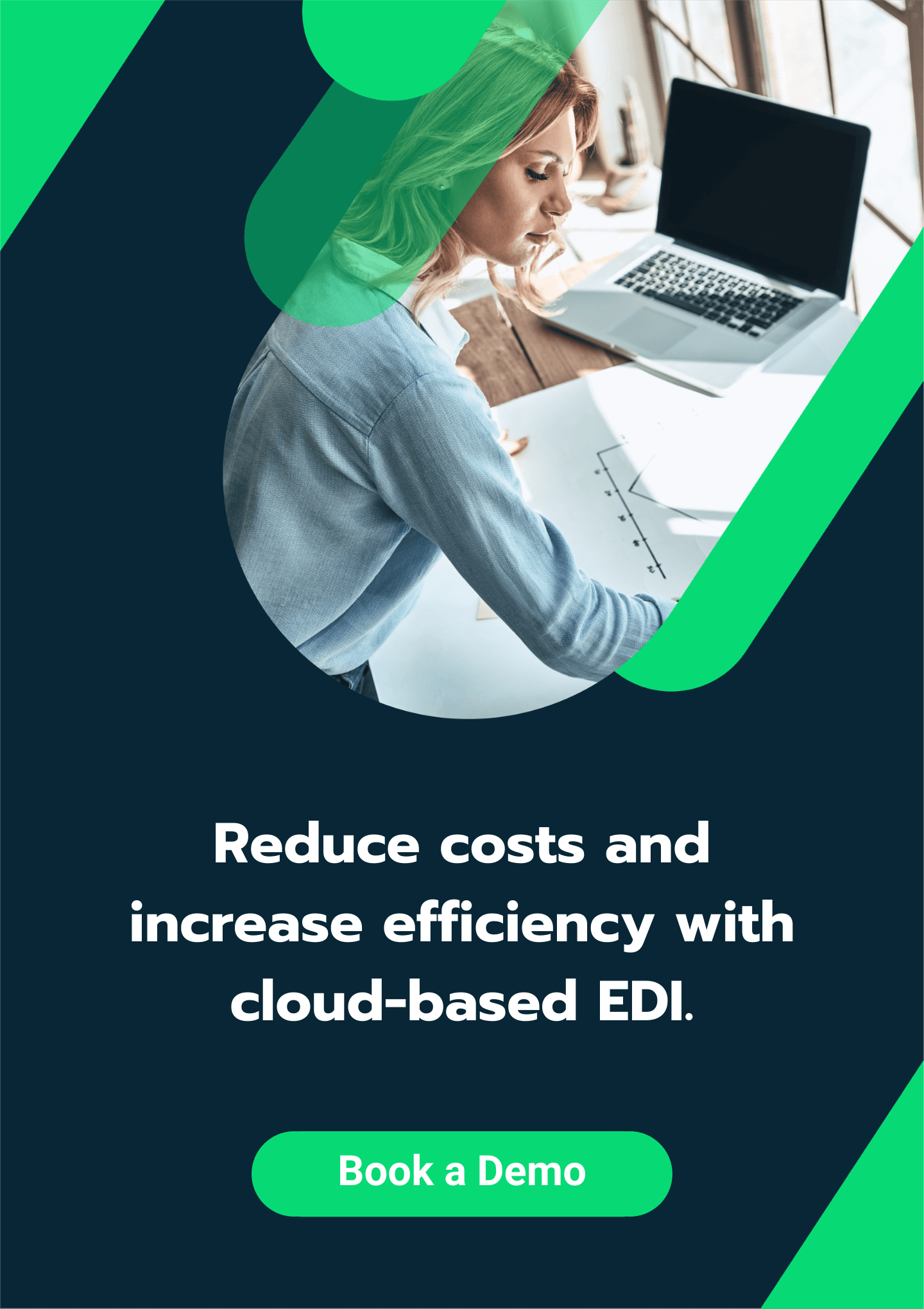EDI: the Supply chain performance enhancer
There is still a widespread belief that EDI (Electronic Data Interchange) is a technique forced upon smaller firms by dominant customers by which the former bear all the costs while the larger company reaps the efficiency gains. In the past, there was a degree of truth here; but now that EDI is widely available as a managed, pay as you go, service it is much easier for even small organisations to justify a commitment to EDI in their interests. Indeed, modern EDI approaches now allow even low tier suppliers to exploit many of the advantages that were previously confined to major players.
The financial benefits of EDI are well rehearsed – a wide range of numbers depending on the nature of the commerce but all of them significant: £14 per order is a well-researched figure in the UK grocery business, for example. To put this in context, it helps to revisit what is EDI and how it actually functions in a modern supply chain.
Modern EDI approaches now allow even low tier suppliers to exploit many of the advantages that were previously confined to major players.
But direct savings in admin costs no longer represent the core of the EDI return on investment offer. Much more interesting are the wider supply chain effects, which in turn offer real benefits to every user, big or small. If firms capture at least some of these benefits, the overall gains far outweigh those of mere admin staff cost reduction.
The speeds at which business works are accelerating and timescales are shrinking. A purchase or call off order used to cover anticipated requirements for a month – in some, sectors such as automotive, it is for the next four hours! If it takes longer than that (and perhaps over a nightshift) manually to input orders to the system, it is not competitive.
Products and services are ever more diverse, their life cycles more ephemeral, and the degree of customisation more intense. Customer/consumer demand and requirement is less predictable and rapidly changing; commodities have become fashion items and even business customers issue smaller but more frequent orders. There is no such thing as a ‘standard finished stock item’ any more. The sheer volume of data to be moved inevitably multiplies.
Human beings are pretty good at spotting inaccuracies and absurdities but, unfortunately, they are even better at creating them. EDI is essentially machine-to-machine: providing the data is correct on the original system, it will transfer uncorrupted to the receiving system.
Skilled staff can focus on productive tasks rather than rekeying spreadsheets. Increased accuracy reduces scrap, rework, stockouts. More reliable and trackable operations mean buyers can get better terms and sellers improve order to cash cycles. Increased confidence allows both sides can reduce inventory levels, and fewer disputes tend towards improved and longer-term supplier-buyer relationships.
All the above allows businesses of all sizes to see exactly what is going on in something like real time, so that responses to changing markets can be made with confidence. Lead times for change, be they new products or new commercial strategies, can be shortened, and entry into new markets (of customers or suppliers) simplified. EDI can even boost your CSR (Corporate Social Responsibility) score – not just because it saves ink and paper, but because uncorrupted data transfer creates a single version of the truth.
It requires little upfront investment and minimal staff training.
And this is all affordable: it requires little upfront investment and minimal staff training. Although it does assume that the partners have machine-based systems that can generate and receive EDI messages, these do not have to be full-on SAP or Oracle ERP systems – fairly basic financial packages will enable many small firms to start capturing the benefits and to establish themselves as credible players in their chosen supply chains.
For further information send us an e-mail at [email protected].































































































































